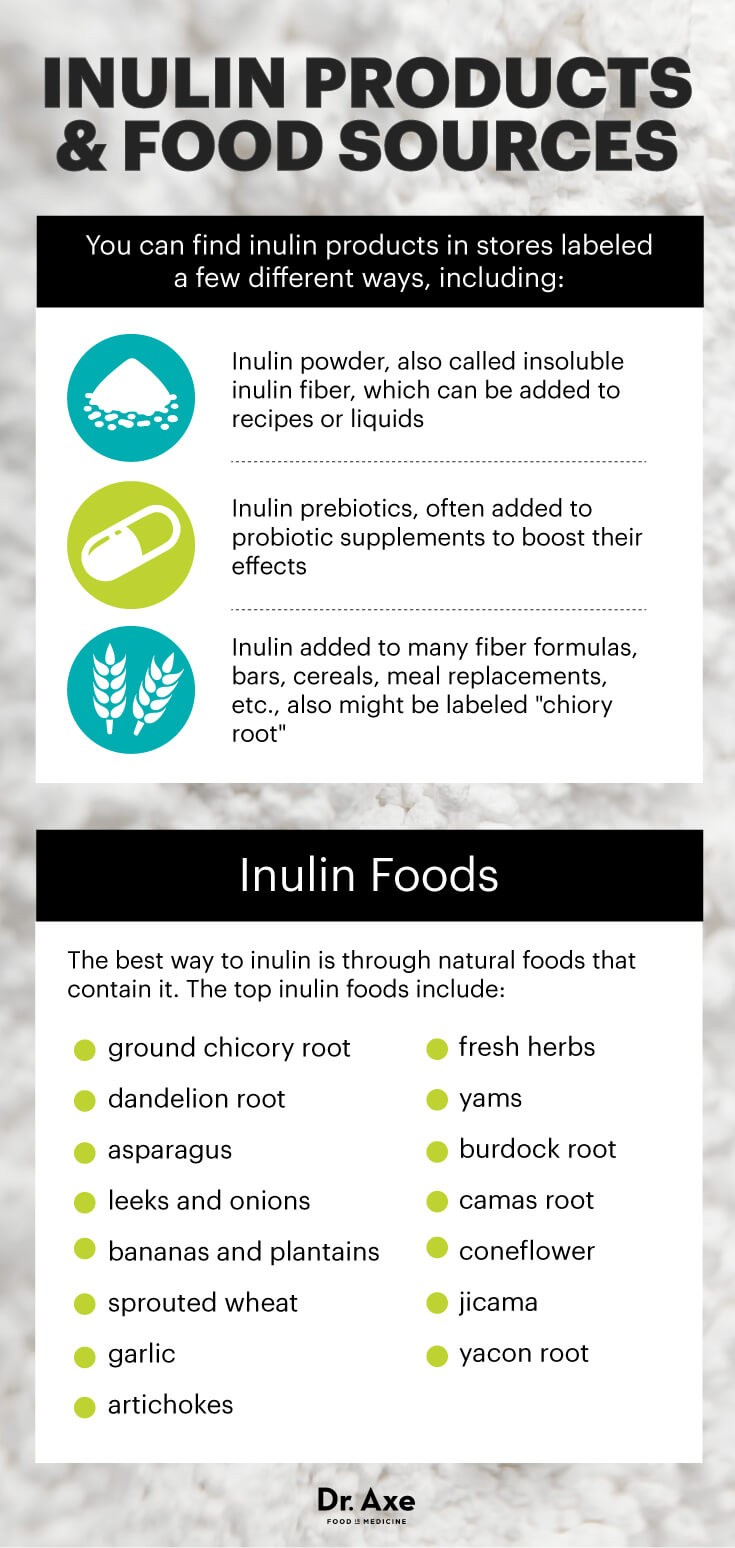Normal and healthy people who ingest food that has FODMAP would result in mild flatulence. But for people who have IBS (Irritable Bowel Syndrome) and who have very sensitive guts, it can result in bloating, excessive flatulence, stomach cramping, non-stop of intestines churning, excessive burping, diarrhoea and even constipation (or alternating between the two).
It can reach to the point that you feel that your whole existence exists ONLY in the gut. I know what I'm talking about. I've lived in the toilet for many hours everyday for a period of time. It came to a point that I lost so much weight that people commented about the weight loss to me every single day when I went to pick my son up from school.
What to do?
I went on a low FODMAP diet. I tried as much as possible to eat food which do not consist of FODMAP. I mean food with FODMAP are healthy food. Vegetables, fruits, beans, legumes. It's not even Frankenfood. It was very frustrating. I kept asking what was wrong with me. Unfortunately, my gastro Rock-Star doctor didn't believe in this and told me that I was anxious and stressed out. I was given anti-anxiety medication instead.......
WHY FODMAP?
By taking away FODMAP from our diet (for a period of time), it can lower the overall gastrointestinal symptoms. It worked for me. Click on LINK to read more about this.
The WHAT
Not everyone react to FODMAP the same way. Some can digest lactose. Some cannot. So it's different to each individual.
Fermentable are foods which are broken down by bacteria in the large bowels. If your gut bacteria is off track, probiotics are a good source.
Foods rich in probiotics such as kefir, sauerkraut, yoghurt, miso, kimchi and kombucha tea are some of the natural probiotics that one can try. (Bear in mind some people who are histamine and amines intolerant won't be able to tolerate fermented foods or even probiotics.)
Two of the Oligosaccharides are Fructans and Galacto-oligosaccharides (GOS). Fructans are naturally occurring carbohydrates that exist in vegetables, fruits and cereals. Wheat, rye, barley, onions, leeks, shallots, the whites of spring onions, garlic, legumes, lentils, artichokes and chicory.
Two Fructans are Inulin and Fructo-Oligosaccharides (FOS). These two have been getting more and more popular as they are well known for their pre-biotic effects. Our small human intestines are not capable of digesting these two as we do not produce the enzymes to process these food. These go straight to the large intestines.
Some foods that are high in Inulin are chicory root, dandelion root, asparagus, leeks and onions, bananas and plantains (when they are slightly green), sprouted wheat (which is used in Ezeikel bread) and garlic.
*table taken from HERE
Fructo-Oligosaccharides (FOS) are in foods such as onion, chicory, garlic, asparagus, banana and artichoke. FOS is also found in wheat and barley.
FOS is used in the food industry as an alternative sweetener. Interestingly, this is a *popular sweetener in Japan! (*taken from HERE)
Nowadays, many products (for example; vitamin enhanced flour and powdered drinks ) have FOS added to them.
Disaccharides are Lactose. This is in milk, evaporated milk, yoghurt, custard and ice-cream.
Monosaccharides are sugars that cannot be changed into simple sugars. Examples are Fructose, Glucose, Ribose and Galactose. They can be found in honey, mango, watermelon, apples, pears and high fructose corn syrup.
Click HERE to read more.
And finally we come to the last one.
Polyoyls are more famously known as Sorbitol, Mannitol, Maltitol and Xylitol. Natural foods that contain polyols are apples, pears, apricots, nectarines, plums, mushrooms and cauliflower.
Polyols are also commonly used as artificial sweeteners in chewing gums, lollipops and mints.
------------------------------------------------------
Bean sprouts, cabbage, onions, garlic, celery, soy beans, leeks, lettuce iceberg, everything that were wheat and gluten, chickpeas, cashews, siu bok choy, sugar and many more which were low on the salicylate diet started to create havoc and hell for my gut.
It was depressing at first. I eliminated those food from my diet. Anything that triggered IBS were eliminated for many, many, many months. And for once in a very, extremely long time, my bowels were silent. You could even hear the ant fart in the silence of my bowels.
Once I felt I was strong enough, I started adding back the FODMAP food bit by bit. Cashews, cabbage, celery, garlic, onion, chickpeas. I lasted for one month plus before all hell broke loose in my intestines. I'm back to FODMAP again at the moment. Now I know the treshold of the FODMAP that I can take. The only thing I won't be having in my life anymore is sugar. Yes, I have to admit, bread is EXTREMELY tempting!
Here is a table of the FODMAP diet:
Here is a table of examples of some of the food that contain high FODMAP:
*table taken from HERE
A MUST READ: Click on LINK
Click HERE
I think this picture below says it best.




Interesting. I eat very little of those foods as a rule, but some of them I crave: apples and avocados in particular although it's strange one of the lists says avocados are high FODMAP and the other says low. Hmmm... You said you added some back and then all hell broke loose - maybe there are some you can do and some you just can't no matter what. Anything that looks like a legume is wrong for me, but I'm fine with lettuce. I also rotate foods as much as possible so I don't eat the same thing every day. That might help you. A lot of those foods are in Asian cooking so they would have to be hard for you to give up.
ReplyDeleteI have to watch the amount I eat. Yes, rotation is the key. Still researching and experimenting.
Delete